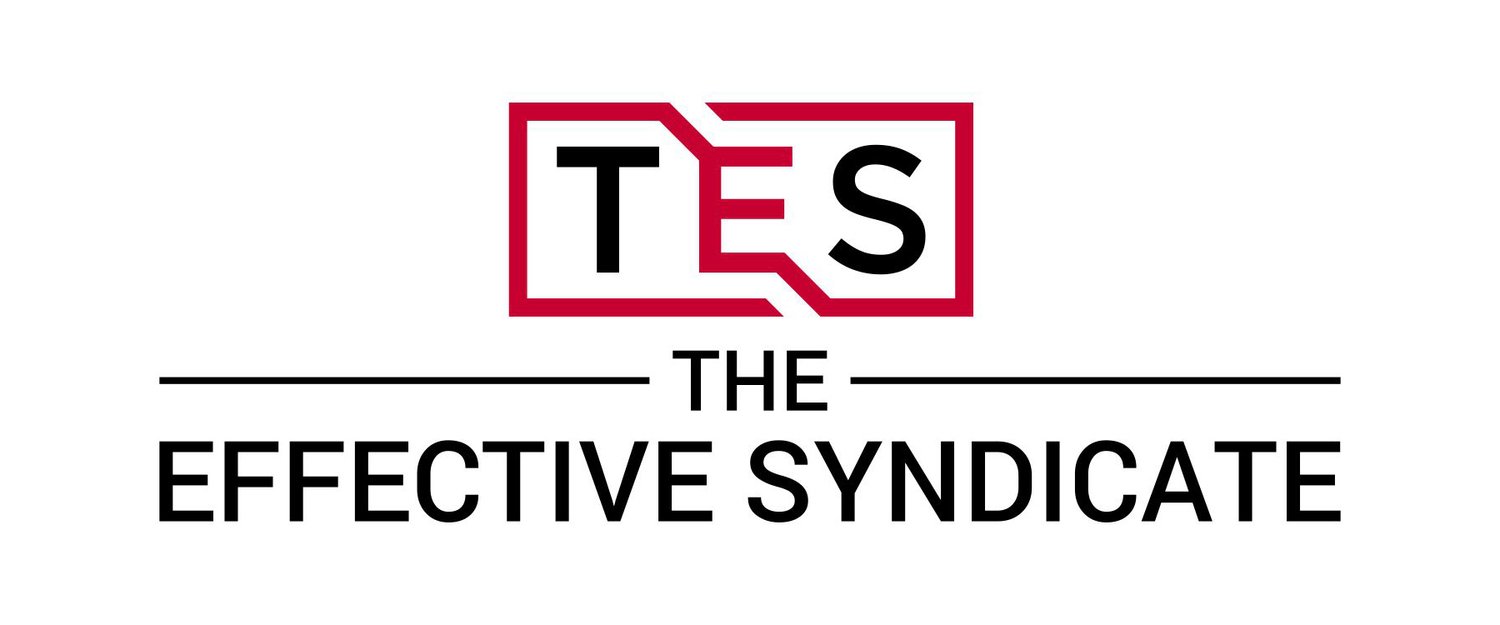3 Issues Leaders Need to Tackle to Make Improvements
“What you do has far greater impact than what you say.”
“Why is it so hard to make improvements?”, the VP of Operations asked me. He brought me in to discuss whether or not we could help them.
After walking the shop floor, talking to some team members, and reviewing his performance numbers, we were sitting at the conference table to compare notes. I had a fairly good grasp of some of the problems that his organization was facing, but I’m sure that there were many others.
“Honestly”, I replied, “the reason it is so hard is usually due to Leadership.” As is the usual response to that statement, he looked at me like I had lost my mind. As we went on to discuss it, I pointed out my reasons for the response.
There are certainly more than three issues to tackle, but the three below show up time after time.
Leaders Don’t Have Patience
First, most leaders don’t have the patience to make real and substantive changes. They want fast responses and fast results for every challenge that comes up. This is odd because usually, the challenges that they are talking about and focusing on are pretty much the same every month.
So, while it may look and feel like they are taking quick and decisive action, usually what they are doing is creating a lot of unnecessary effort and stress on the part of the employees. There is usually no real commitment to making meaningful improvements…just peddle faster and get that crap fixed!
It takes time and discipline to take a step back from the day-to-day grind to really improve a problem. It takes will and determination not to succumb to the constant grind of chasing the next problem that pops up. The time required is often difficult for many leaders to force themselves and the organization to take.
Leaders Should Look At The Symptoms Of The Problem
Second, it is often hard for the leaders to look at the problem from a big-picture perspective instead of looking at and reacting to symptoms of the problem.
This isn’t the fire-fighting exercise that most organizations put toward something, this is looking at the situation holistically and determining what is needed from a time, financial and personnel perspective to actually change something.
This becomes wildly frustrating when the general statement greatly diminishes the problems and ends up with something that sounds like, “Just grab a couple of guys and knock that out.”
People who are struggling with a problem, especially one that has been lingering for some time would have already “knocked the problem out” if it were that simple. This response not only over-simplifies the problem, but it also makes the leader look massively out of touch with the team.
Leaders Need To Focus On Clear Priorities
Third, but not final, is the inability to create and hold clear priorities. If you follow us, you will hear us talking about this a lot because it is so very rampant. If you remember the game “whack a mole” at the fair, that’s what it feels like in a lot of organizations.
The team is just chasing whatever shows up that morning (or week or month) and every day they are chasing another “rabbit.” These “rabbits” are different from day-to-day, but they repeat themselves every other week or so.
To add to this complication, Leaders must also determine and hold onto what the organization is NOT going to do. During a planning session with one client, we were digging into what the team was already working on and it totaled 97 different projects.
When we asked how progress was going on those 97 things, the resounding answer was:
“We aren’t making any progress on the list, except in adding more things to the list of things that we want to do but don’t have time.”
If you want to pursue Continuous Improvement and do it well, I implore you to look at these three items in your organization with an honest evaluation. If you can answer yes to each of them, I would wager that you are on your way to making good progress.
If not, I would encourage you to take a step back and either stop giving the improvement process lip-service or figure out how you need to adjust your approach to make it better. Your people and your metrics will appreciate it.
In summary, you need to answer yes to each of these items:
Have you allocated the resources (time, people, capital) to create real and sustainable change?
Are you and your team digging deep into the causes of the problems and not just reacting to random symptoms?
Have you and your team created a clear priority list that you are managing and executing against?
If you answered no to any of these, time to spend some more time digging into your situation to figure out how to adjust it. If you answered yes to all of them, then you’re probably making great improvement strides.
As always, we’d love a chance to help so if you feel like you’re stuck on any of them, please reach out to us.


